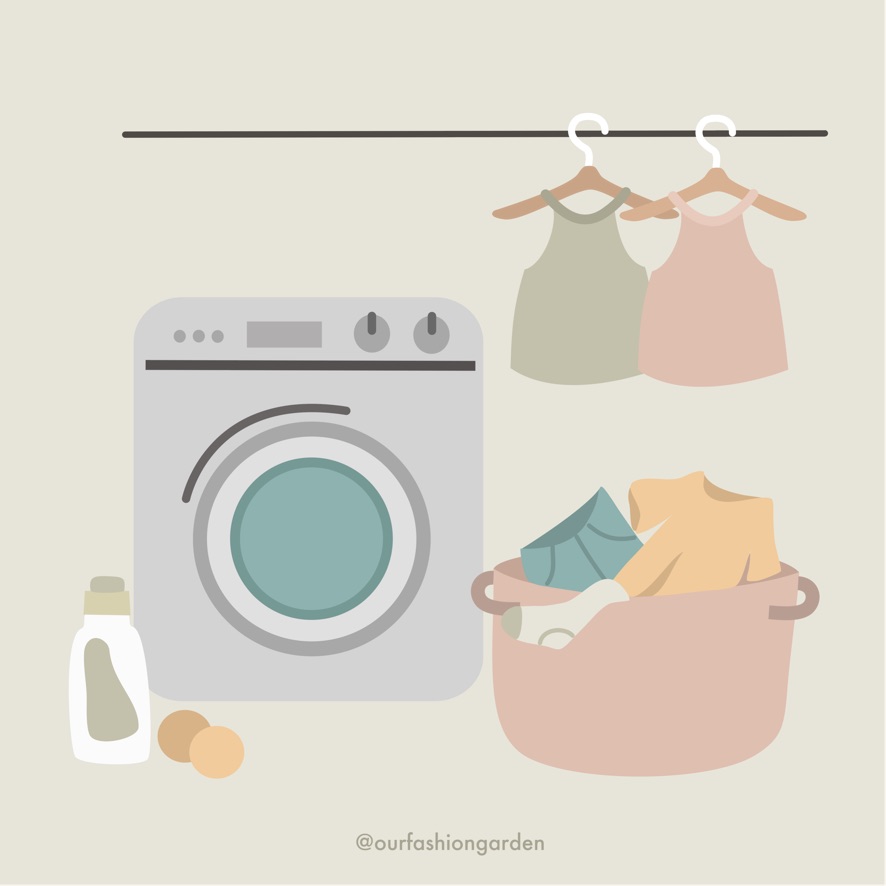A quick tip: We want our guide to be practical, functional and to actually help you achieve your goals. That’s why we recommend taking one step at a time. Don’t try to put all these steps into practice if you’re new to sustainable fashion. Try reading one per day and relax. You’re here and you’re trying, that’s enough for now 🙂
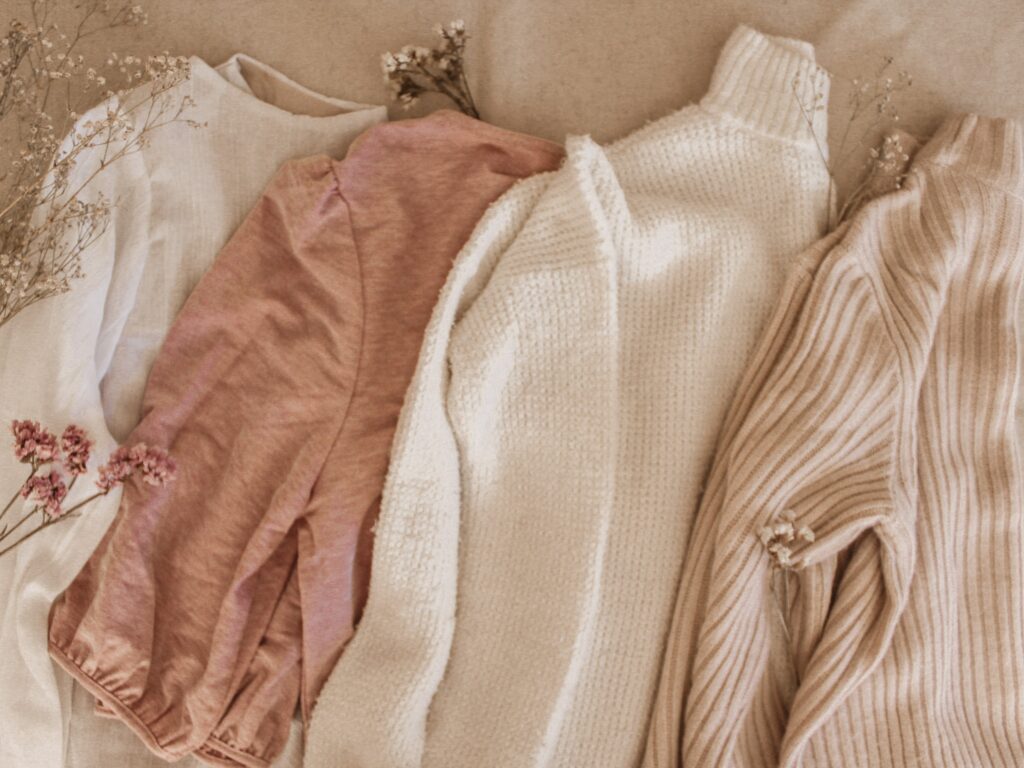
Trying to shop more sustainably can be confusing and overwhelming if you don’t know where to start. There are lots of myths about what sustainable fashion is, but it isn’t that complicated. It’s common to think you have to go to extremes, when in fact, sustainable fashion is all about balance.
It’s important to understand that sustainability has 3 pillars:
❀Environment
❀Social equality
❀Economy
If you’re harming one of these 3 pillars, then you’re not being sustainable. That’s why going to extremes like not buying anything at all or spending lots of money on ethical brands isn’t exactly sustainable. However, there is no perfect way to do this.
By simply existing we are generating a carbon footprint and that is inevitable, but we can reduce it with smart choices.
Now that you know this, let’s begin!
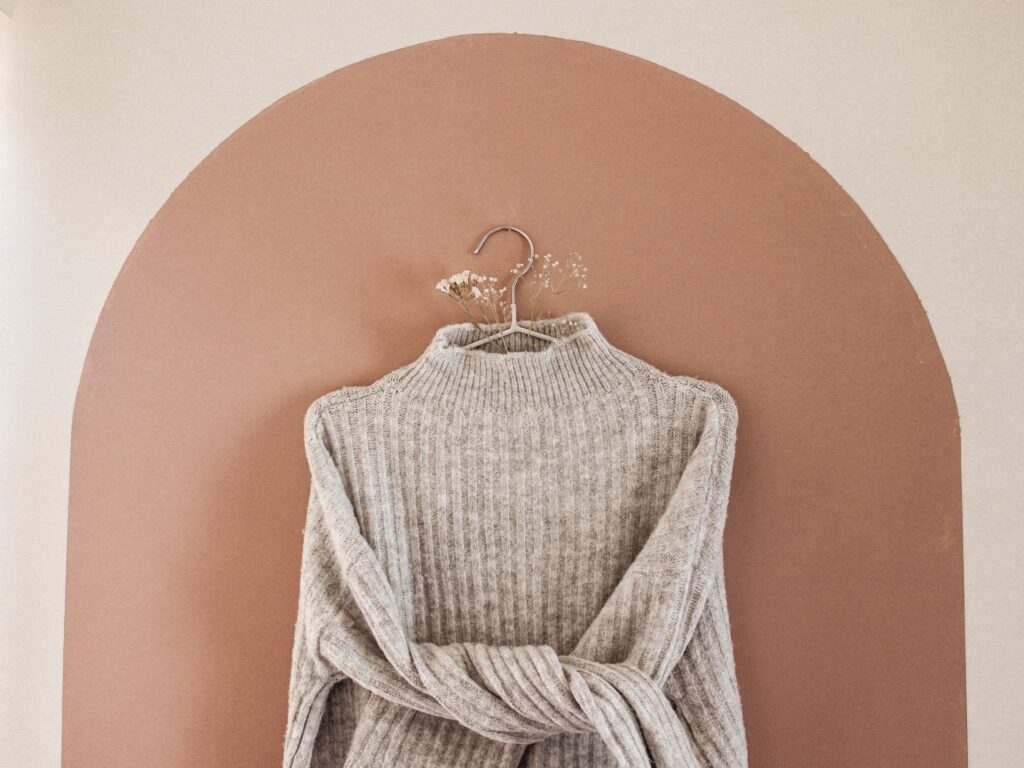
Taking care of the environment through fashion
This is actually as simple as wearing what you own. You don’t have to throw away all your fast fashion items to be sustainable, you just have to keep using them as long as you can.
The production of new garments isn’t exactly good or helpful for the environment unless they are recycling pet bottles, reusing trash, or waste that is polluting the planet. That’s why we need to be very careful with what we buy.
STEP 1: Find your personal style
To avoid purchasing unnecessary things, you need to know what your personal style is. A lot of people don’t have one, and it’s easy to think we actually do. However, if you constantly find yourself in one of these situations, chances are, you don’t have a personal style yet:
❀ You struggle to find something to wear.
❀You just wear your clothes a couple of times and then forget or get rid of them.
❀ You are not willing to buy basics if they seem expensive to you.
❀ You’re afraid of repeating a garment or an outfit.
Our personal style blog post will help you create a unique fashion style for yourself by following just 5 simple steps!
However, if our blog post isn’t enough for you and you want to go deeper to really understand how to create a personal style, check out The Wardrobe ABC.
This interactive ebook includes a workbook and guides you step by step to help you develop a unique style that is right for your personality & your lifestyle. You’ll learn how to make infinite outfits with what you have and always have a cute outfit to wear.
The Wardrobe ABC also helps you figure out what are the basics you need for your wardrobe & how many garments you need in your closet. It is extensively customizable, specific and we know you will discover a lot about yourself!

Step 2: Always pay attention to fibers
When going shopping, fibers are almost the most important element of the new item you intend to buy. Every garment is composed of one or more fibers, and knowing what fibers you should avoid, always makes a HUGE difference. Mother earth will be grateful, and you will be too.
Our fiber dictionary will give you a wide view of fibers. In it, we share the worst ones that are truly damaging the planet & the best ones you should start looking for in all your clothes. The world is changing & adapting, so you can even find sustainable fibers in fast fashion brands nowadays, so there are no excuses now.
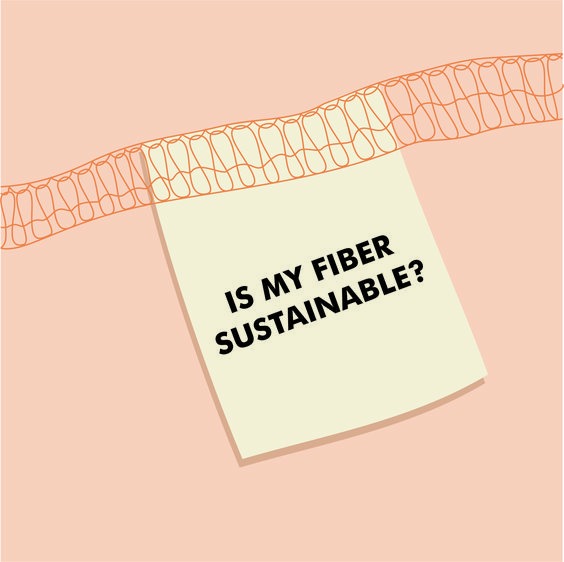
Step 3: Never throw something into the garbage
The days when you used to get rid of things you didn’t wear anymore are gone. Yes, now it’s time to think of a new purpose for that item you don’t wear anymore and this is why fibers matter so much.
While synthetic fibers take over 200 years to degrade and turn that big piece of plastic into microfibers that never disappear, cotton & linen can be compostable.
A conscious consumer always asks themselves:
“what would I do with this once I stop using it?”
Buying without that question in mind is not a responsible thing to do. While this is also a brand’s responsibility, we, as consumers play a big role too.
So, now when you go shopping, always try to think about what will you do once that item isn’t wearable anymore.
But don’t worry, we know this part can be frustrating, so here are 15 ideas where you can give a new purpose to that old garment before thinking of throwing it to a trash can and adding more to landfills. Yay!
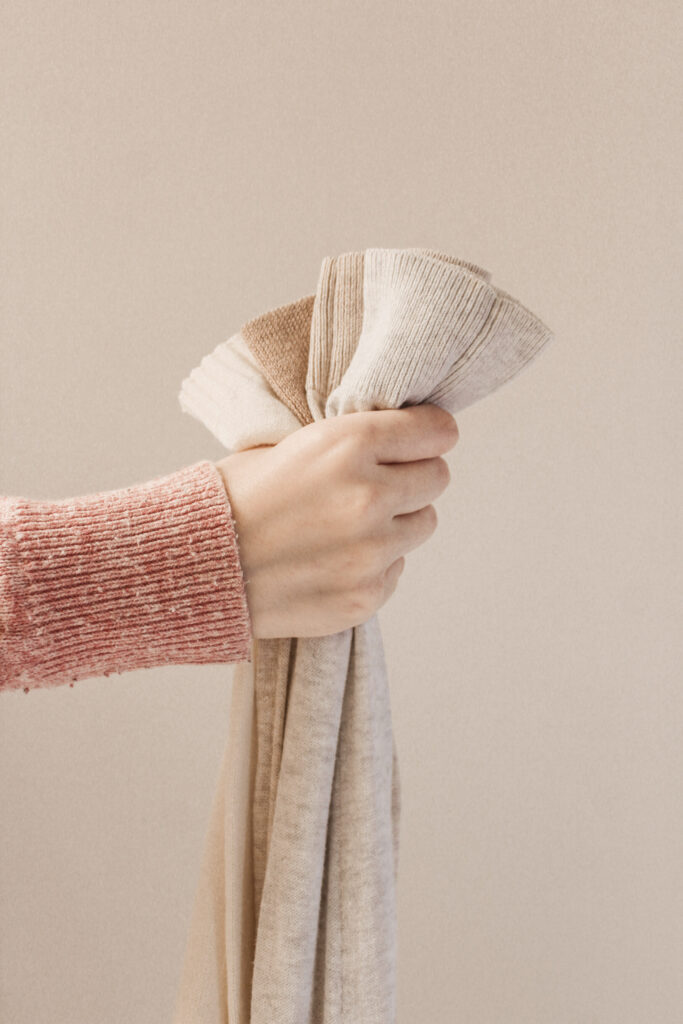
and Please,
If you’re discarding a garment because it has a hole, or it is broken, try to mend and repair it first! Here are 8 ways to make your old clothes look brand new.
Supporting social equality through fashion
Not everyone was born with the same privileges and opportunities. Always remember that. What you see in the stores is always prettier than what it is behind it. As a society, we need each other to create magic but work as a team, not by taking advantage of the shortcomings of others.
When it comes to fashion, designers need seamstresses, farmers, weavers, engineers, and other professionals to achieve the final goal of selling clothes. Sadly, some of these roles are paid poorly in exchange for over 10 hours of work, while others are making thousands of dollars each minute. This is what we are fighting against too as conscious consumers, inequality.
When the owner of the brand is making millions and doesn’t pay all their employees a dignified living wage, is the opposite of ethical. Not because it is cheaper to produce in another country, means it is legal to explode people.
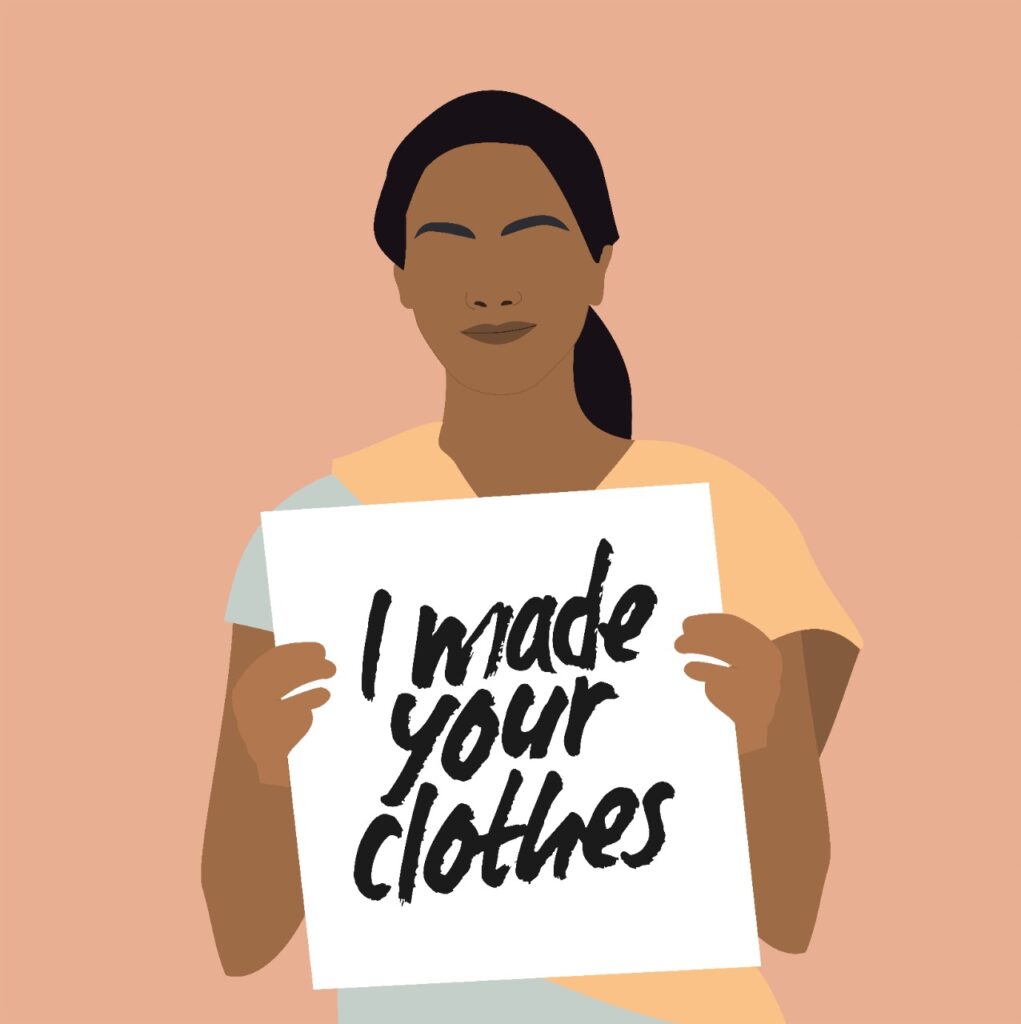
Step 4: If possible, avoid every brand with a lack of transparency
We’re not here to tell you to never buy fast fashion again. In fact, we want you to be able to purchase consciously no matter what your budget or conditions are. There is no shaming as long as you do it consciously because carefully buying in fast fashion is a lot more sustainable than buying lots of new items each month from sustainable brands.
However, while fast fashion brands are known for exploiting people in less privileged countries, some of them actually share where are their manufacturers and suppliers. If you have no option but to purchase from fast fashion brands, please make sure the brand isn’t lacking transparency as brands like SHEIN are.
The lack of transparency is a big red flag and an immediate no-no.
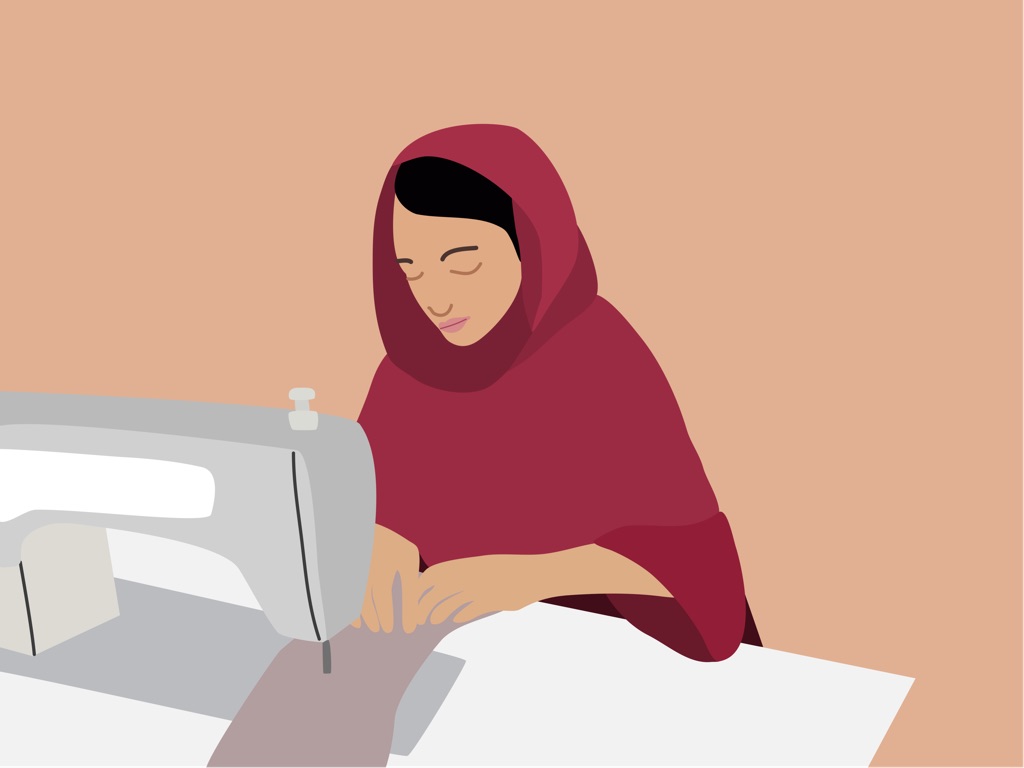
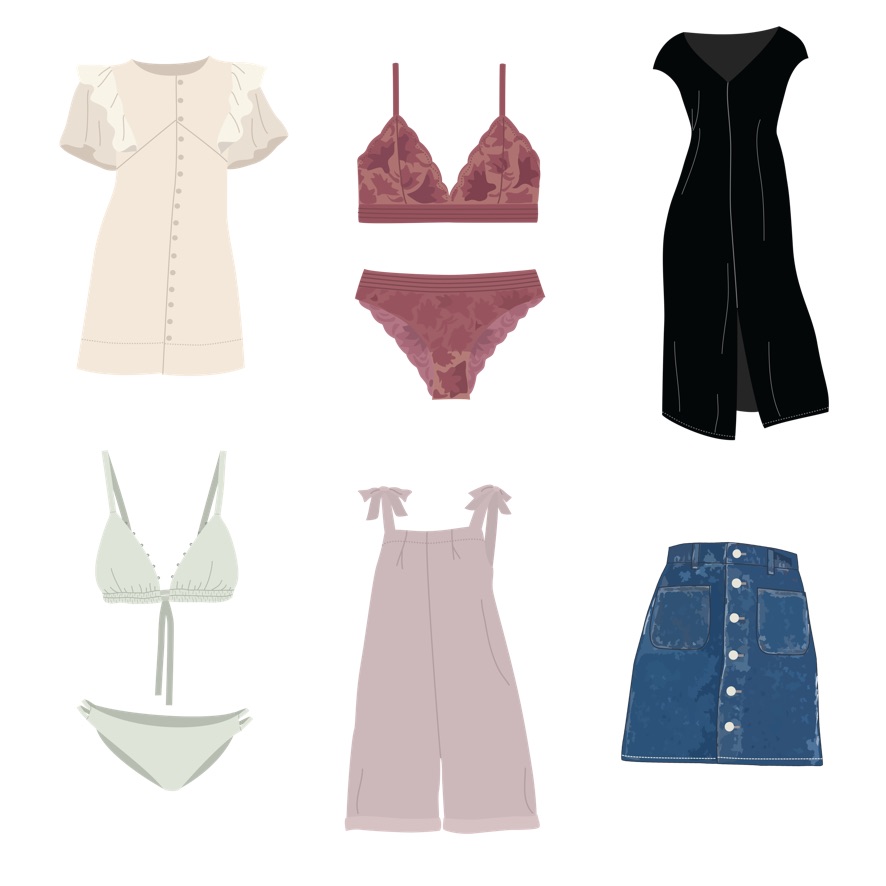
Ethical fashion isn’t necessarily sustainable, but sustainable fashion has to be ethical to be called sustainable.
Here’s a blog post with everything you need to know about ethical fashion, how to know if a brand is ethical and why is it SO important.
And you’re probably wondering, where to buy or look for clothes now. How can you make sure the brand is ethical?
We’ve got you too!
Check out our sustainable brand dictionary. It includes brands for different personality styles and budgets:
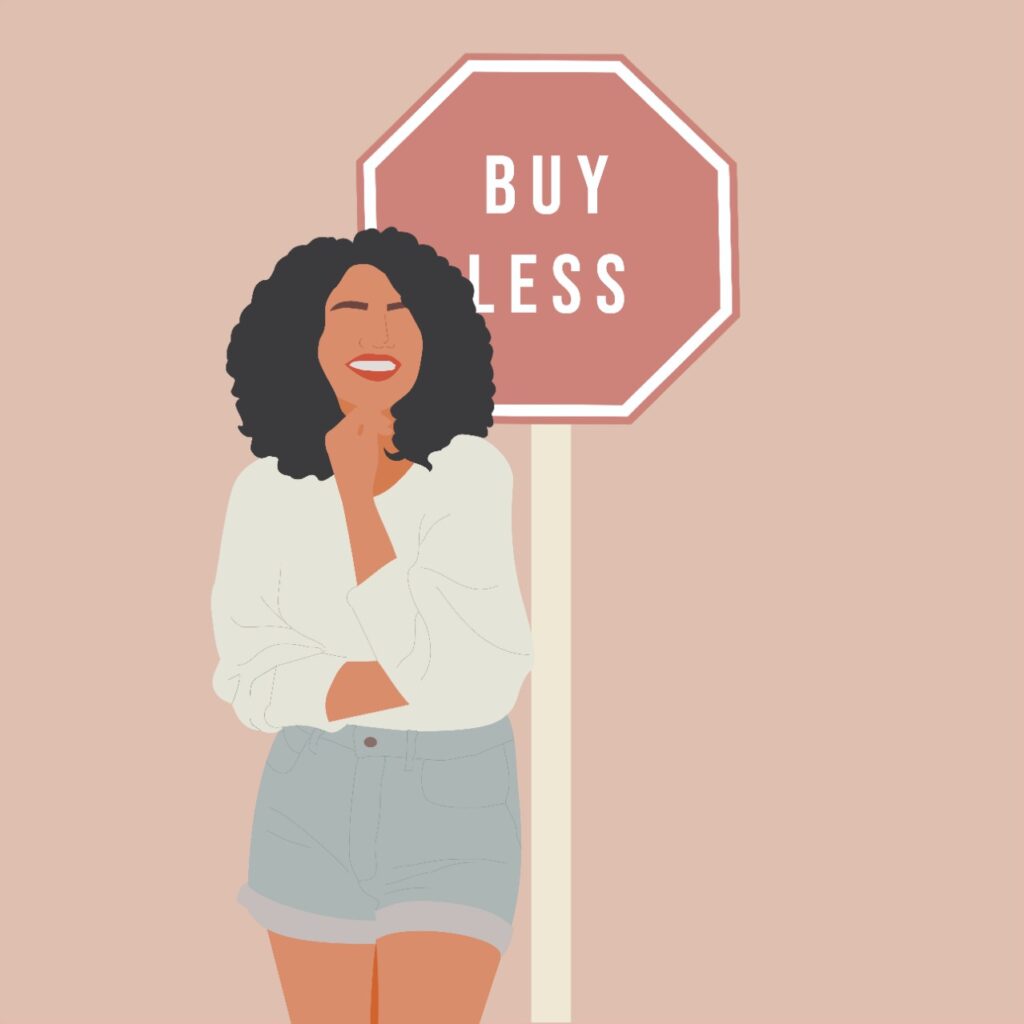
How can I support the economy through fashion?
When we buy a new item, we support someone else’s job & that is good for a sustainable economy.
Just imagine if we all stopped shopping; millions of people would lose their jobs because fashion is one of the few industries that still need thousands of people for its production. So, it is important to keep consuming, just more consciously to avoid harming the planet.
Balance is key.
Also, remember your economy matters too. So, don’t purchase what you can’t afford, because that won’t be sustainable for you. It’s okay to buy on sale from conscious brands or fast fashion, as long as you seek natural or recycled fibers and use that garment for years.
Step 5: reduce your consumption
You don’t have to feel guilty every time you shop, but if that is your case and can’t help feeling like that, remember your purchase is contributing so a family can have food on their table. The issue is when we overconsume and buy stuff we don’t even need.
On points number one & two from our blog post How to buy Fast Fashion sustainably, we teach you how to reduce your consumption, save your money and time.
step 6: take care of your clothes
You already have something to wear, so take care of it. Make your fast fashion items last for years, because trust me, it is possible. We have old fast fashion items we bought almost 10 years ago and we keep wearing them.
The main reason why clothes don’t last, is because we don’t properly wash them. So, paying attention to the care labels and not washing after wearing a garment one time makes the whole difference.
Here’s a guide to help you master the art of washing your clothes. It will save you money and will help your clothes last twice as long, believe us.
